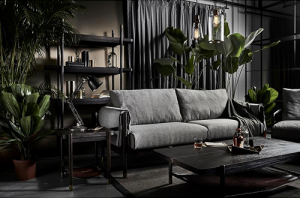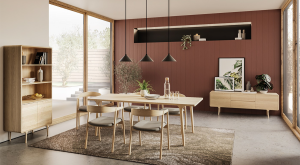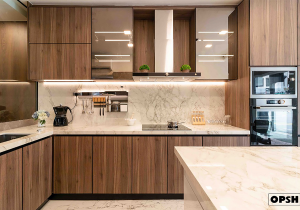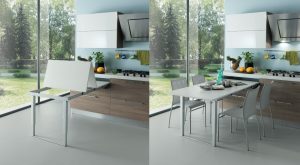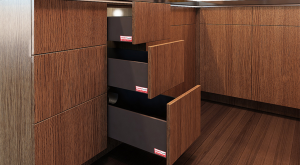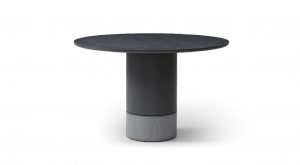Featured Post
Safety Tips for Designing a Kid-Friendly Space: Creating a Safe Haven for Your Little Ones
Designing a space for kids is about more than just looks—it’s about safety and comfort. This article shares practical safety tips for designing a kid-friendly space, focusing on bedroom design and smart furniture choices like nightstands. Get ready for actionable advice to make your child’s room safe and fun!

How to Design a Kid-Friendly Bedroom: Start with Safe Furniture
Furniture sets the tone for a kid-friendly bedroom. Kids are full of energy, so their furniture needs to be tough and safe. Here’s what to keep in mind when picking pieces:
- Sturdy Builds: Choose furniture that won’t tip over. A nightstand with a wide base is less likely to fall if climbed on.
- Smooth Edges: Sharp corners are a no-go. Look for rounded edges or add soft bumpers to protect little heads.
- Safe Materials: Pick non-toxic woods or paints. Check for labels like GREENGUARD Gold to ensure low chemical emissions.
- Kid-Sized: Furniture should match their height. Nightstands for kids' bedrooms and nurseries should be low enough for them to use but high enough to keep hazards out of reach.
When I set up my daughter’s room, I picked a nightstand with soft-closing drawers. It saved her fingers more than once and grew with her from baby to toddler!
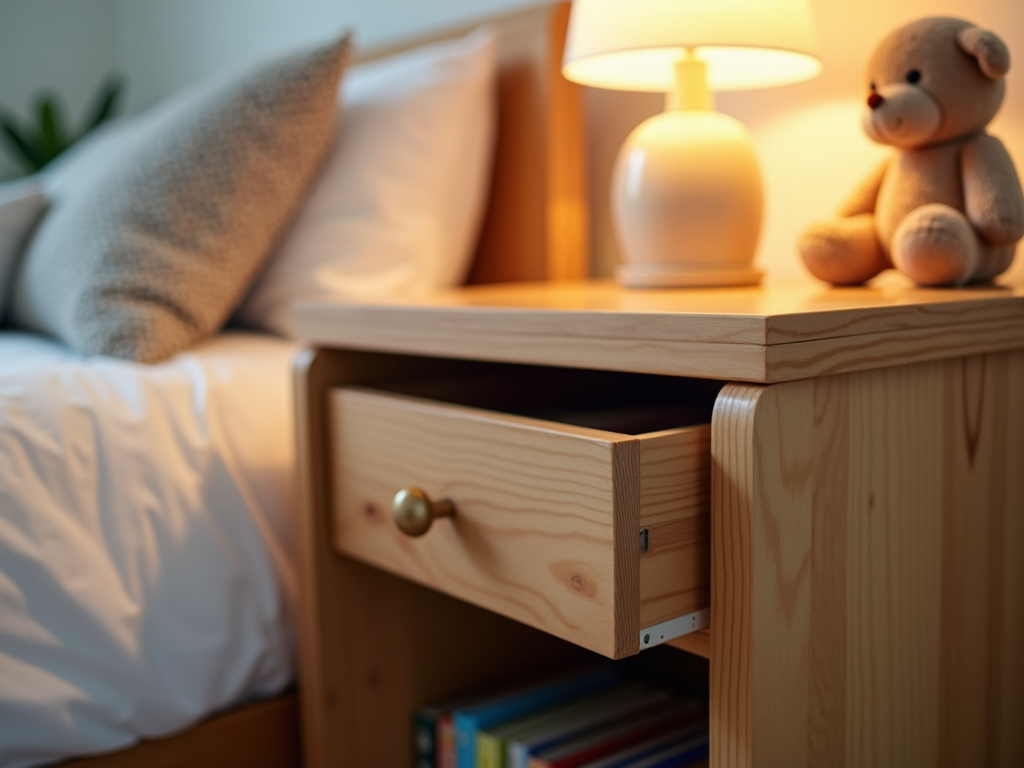
Keep It Organized: A Clutter-Free Space Is a Safer Space
A messy room is an accident waiting to happen. Smart organization cuts risks and makes the space work better for kids. Try these tips:
- Open Paths: Arrange furniture to leave clear walking and playing areas. No tripping over toys or bumping into corners!
- Anchor Big Pieces: Secure dressers and shelves to the wall. Kids love to climb, and this stops tip-overs.
- Easy Storage: Use low bins or shelves they can reach. It teaches them to tidy up without risky stretching.
- Hide Cords: Tuck away lamp or charger cords with clips or covers to avoid tangles or worse.
In my son’s room, I swapped a tall bookshelf for wall-mounted ones. It kept his books handy, the floor clear, and my worries at bay.
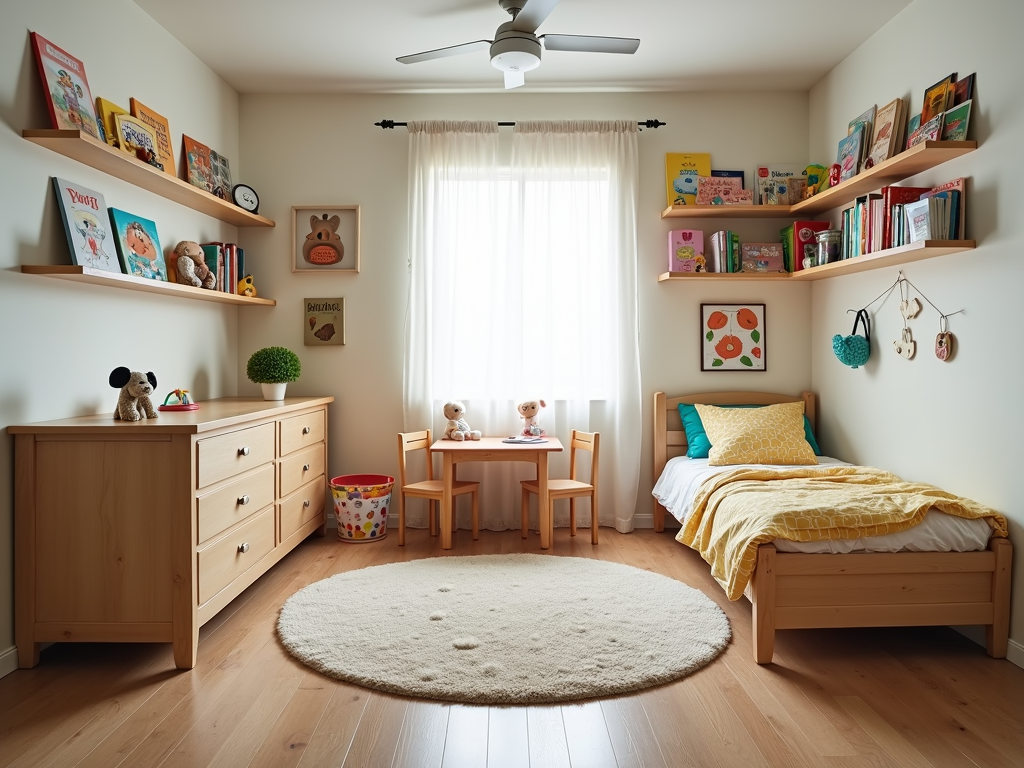
Safe Decor: Style That Doesn’t Sacrifice Safety
Decorating is fun, but safety comes first in a kid’s room. Here’s how to make it pretty and practical:
| Element | Safety Tip |
|---|---|
| Paint | Use low-VOC or zero-VOC options. |
| Small Items | Skip tiny trinkets—choking risks! |
| Fabrics | Choose flame-retardant bedding and curtains. |
| Wall Hangings | Secure them high and tight. |
I let my kid pick colors for their room, and we added a chalkboard wall. It’s a safe, creative spot—no loose markers or crayons needed!
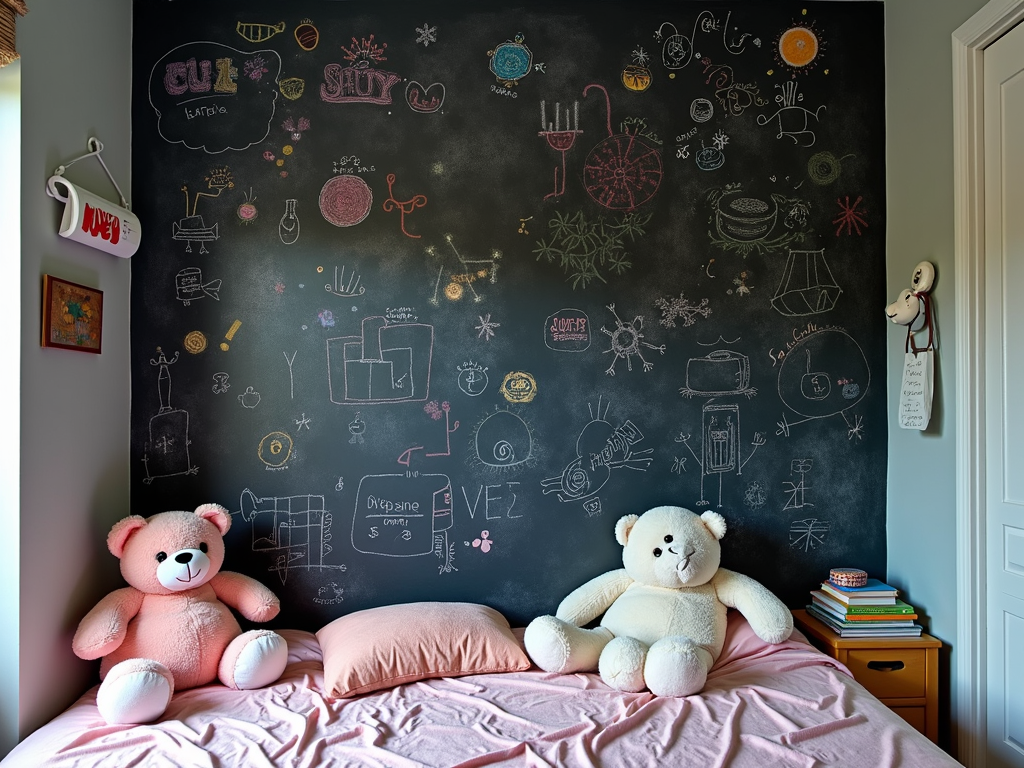
Make It Adaptable: A Room That Grows with Them
Kids change fast, and their rooms should keep up. Build in flexibility with these ideas:
- Multi-Use Furniture: A nightstand with a removable top can switch from changing table to bedside storage.
- Adjustable Storage: Shelves you can move up or down grow with their needs.
- Neutral Base: Keep walls and big pieces simple, then swap out rugs or bedding for new vibes.
- Plan Ahead: Leave room for a desk or play nook as they get older.
I chose a white nightstand for my kid’s nursery. It’s held diapers, toys, and now books—still looking good years later.
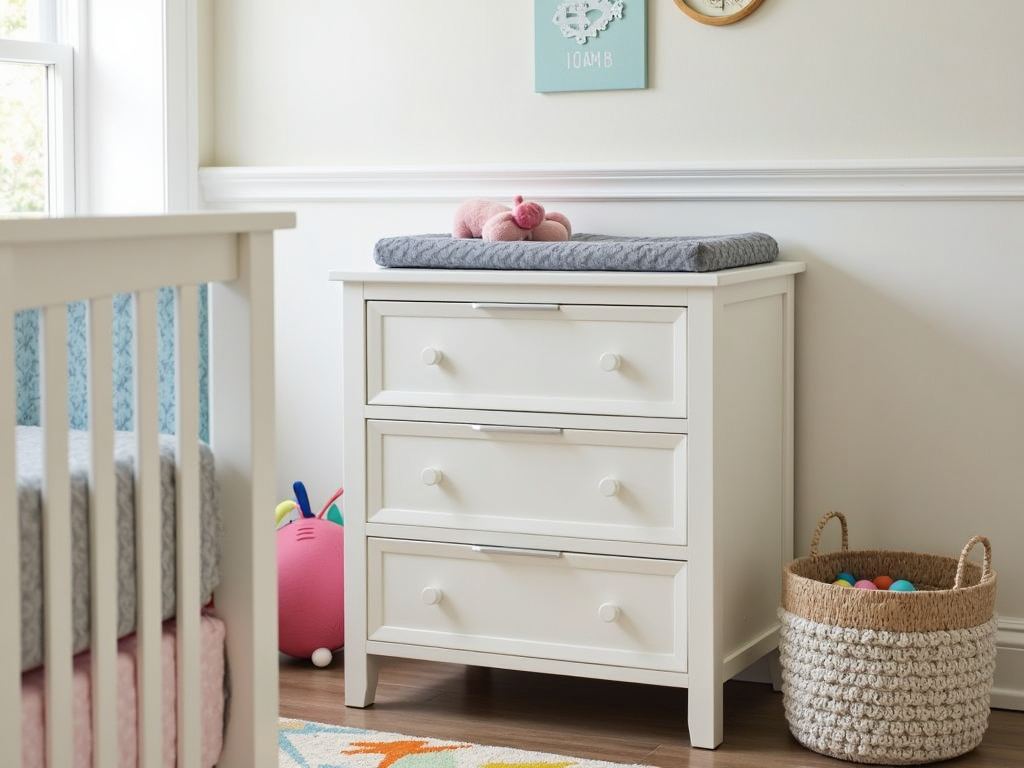
Extra Tips for Peace of Mind
Beyond the basics, a few more steps can boost safety:
- Soft Flooring: Add rugs or foam mats to cushion falls.
- Lighting: Use dimmable lights or night-lights for safe nighttime trips.
- Locks and Latches: Secure drawers or cabinets with kid-proof locks.
I added a soft rug under my kid’s play area. It’s saved countless bumps and makes the room cozier too.
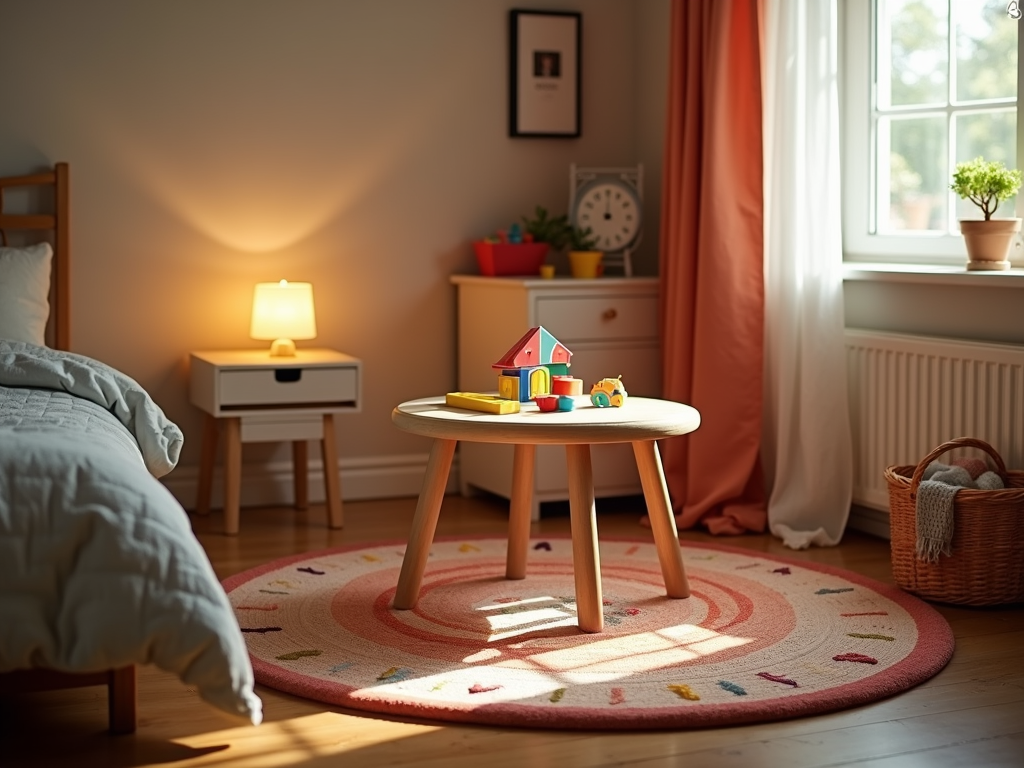
Why Nightstands Matter in Kids’ Rooms
Nightstands for kids' bedrooms and nurseries aren’t just for looks. They store books, lamps, or a cup of water—keeping essentials close but safe. Pick one with no sharp edges and a steady base. My kid’s nightstand doubles as a mini bookshelf, cutting clutter and keeping their favorite stories handy.

Summary: Build a Space They’ll Thrive In
Creating a kid-friendly bedroom takes thought, but it’s worth it. Use safe furniture like nightstands, keep it organized, choose smart decor, and plan for growth. Check the space as they get older to keep it safe and fun. These safety tips for designing a kid-friendly space will help you make a room your child loves—and you trust.


